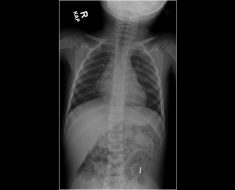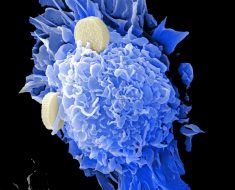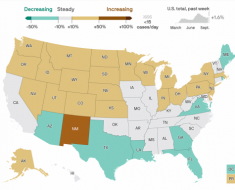After the emergence of the severe acute respiratory syndrome coronavirus 2 (SARS-CoV-2) Omicron variant in November 2021 in South Africa, the global medical community has raised concerns about the numerous mutations present in this variant of concern (VOC) and its ability to escape from vaccine-elicited immunity. Moreover, researchers anticipate that a large number of mutations in the receptor-binding domain (RBD) of the Omicron spike (S) protein would impact its transmissibility and affinity for the angiotensin-converting enzyme 2 (ACE2) receptor.
In a new study published on the medRxiv* preprint server, researchers found that the SARS-CoV-2 Omicron variant shows a much more extensive escape from vaccine-elicited immunity.
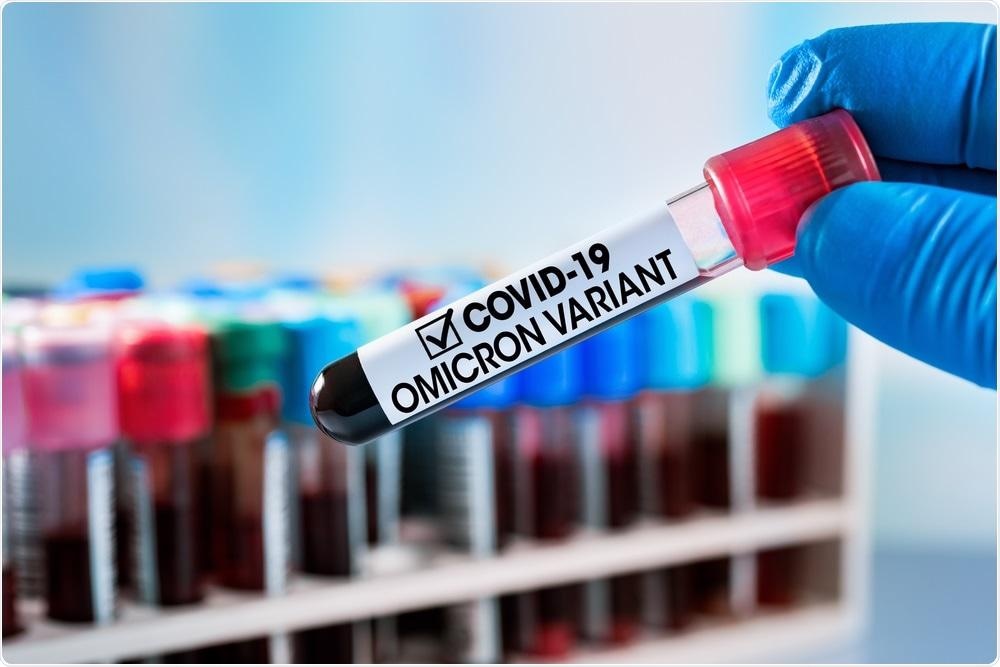
Study: SARS-CoV-2 Omicron has extensive but incomplete escape of Pfizer BNT162b2 elicited neutralization and requires ACE2 for infection. Image Credit: angellodeco / Shutterstock.com
About the study
In the present study, researchers assessed the ability of plasma taken from vaccinated participants to neutralize the Omicron variant versus the D614G virus using a live virus neutralization assay. They also investigated whether the Omicron variant still needs to bind to the ACE2 receptor to infect host cells.
The researchers used a sequence-confirmed live Omicron virus isolate and a human lung cell line clone (H1299-ACE2) expressing the ACE2 receptor for testing virus neutralization. They also tested the growth of the viral isolate in parental H1299 cells that do not overexpress ACE2 and are not infectable with SARS-CoV-2.
In total, the plasma samples from 14 participants were included in the study. Hospitalized individuals with SARS-CoV-2 infection confirmed by polymerase chain reaction (PCR) and/or vaccinated individuals part of a prospective cohort study by the University of KwaZulu–Natal's Biomedical Research Ethics Committee donated blood samples for the analysis.
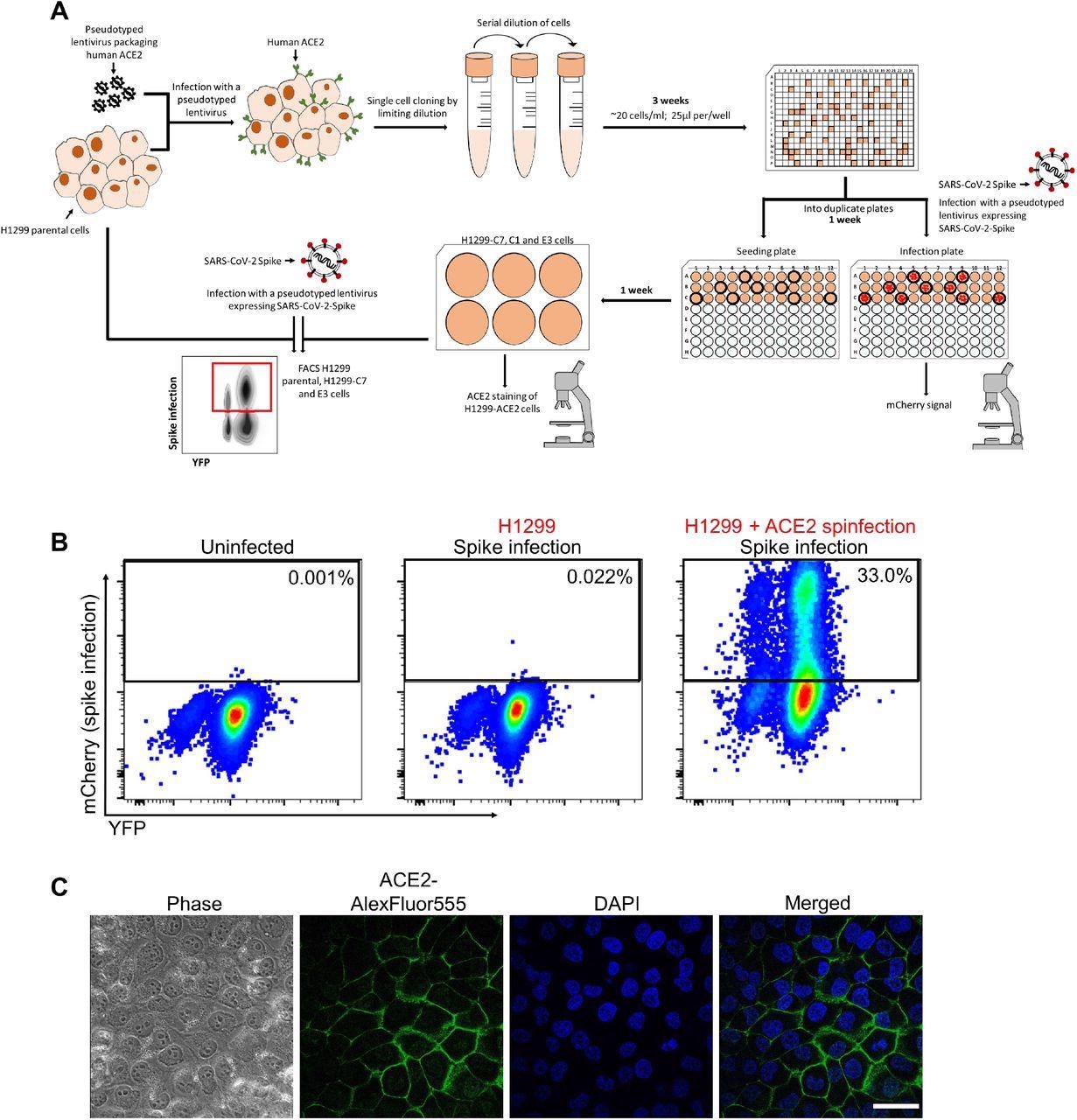
Of these 14 participants, six had no prior history of SARS-CoV-2 infection, as confirmed by the lack of nucleocapsid antibodies detected in their plasma samples. For two of these participants, researchers used samples from two-time points. The remaining six participants were infected with the ancestral D614G virus during the first SARS-CoV-2 infection wave in South Africa.
The researchers prepared the indexed paired-end libraries of genomic DNA and normalized, pooled, and denatured sequencing libraries before spiking with 1% PhiX. Next, the researchers aligned mapped reads to the reference sequences in the initial assembly from Genome Detective and subsequently filtered out low-quality mutations.
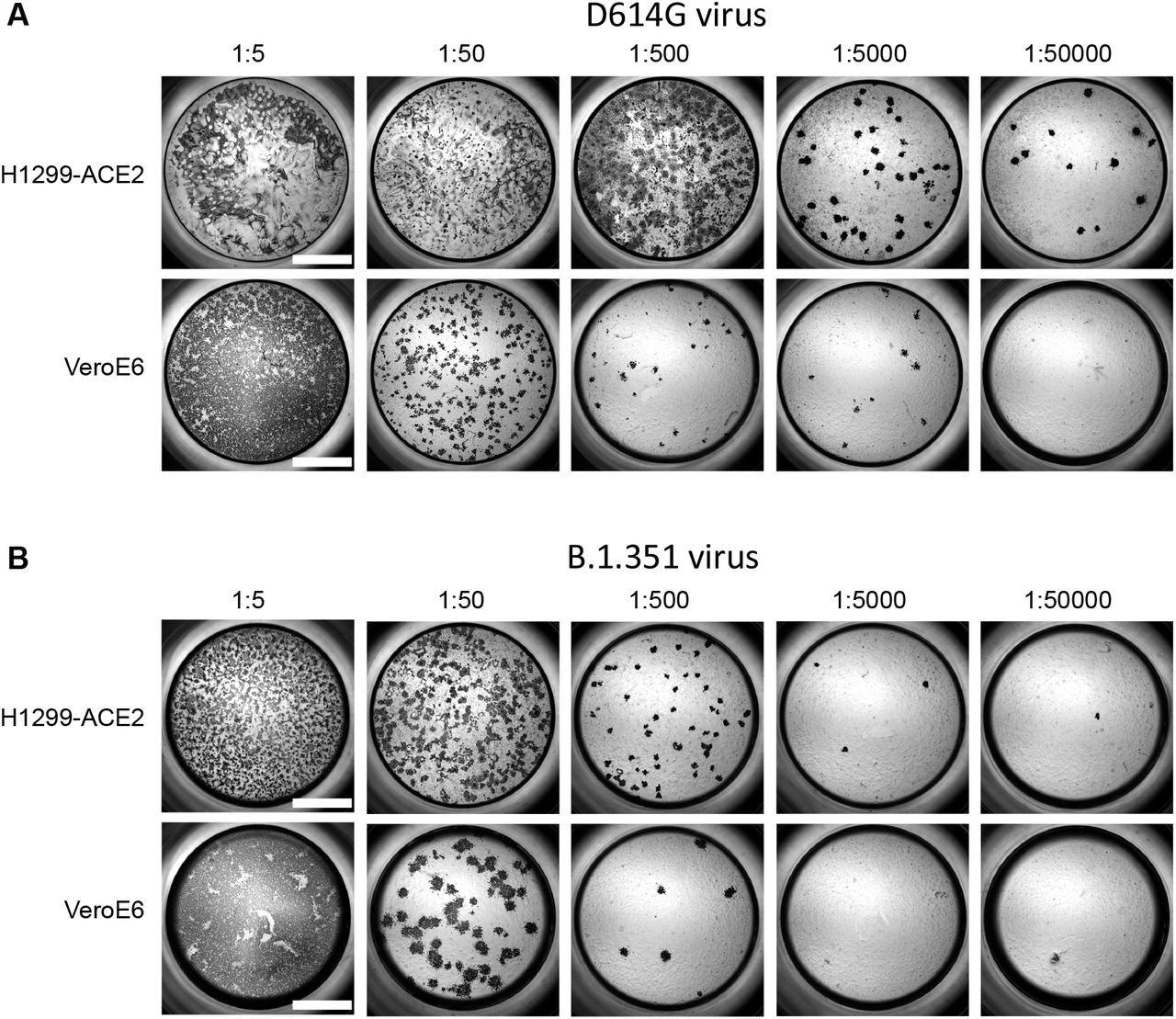
Neutralization data were estimated using the formula Tx=1/1+(D/ID50), where Tx is the number of foci normalized to the number of foci in the absence of plasma on the plate at dilution D. Comparatively, ID50 is the plasma dilution giving 50% neutralization. FRNT50 = 1/ID50 is the inverse of the plasma dilution required for a 50% reduction in infection foci number.
Study findings
The study results show that Omicron infected the ACE2-expressing cells but did not infect the parental H1299 cells, thus indicating that its ability to escape antibody neutralization elicited by the Pfizer BNT162b2 messenger ribonucleic acid (mRNA) vaccine depends on ACE2 concentration levels and ACE2 is necessary for Omicron entry and infection establishment.
For the D614G virus, the geometric mean titer (GMT) FRNT50 was 1,321 and these samples strongly neutralized the D614G virus. For the Omicron variant, GMT for the same samples was 32, thereby indicating a 41-fold decline in FRNT50.
However, five of the previously infected participants showed relatively high neutralization titers against Omicron, thus indicating that immune escape was incomplete. Comparatively, previous data confirmed that the Beta variant showed significant immune escape from BNT162b2 in a live virus neutralization assay, with a nearly 3-fold reduction in FRNT50.
Conclusions
The study results show that the new SARS-CoV-2 Omicron variant extensively escapes vaccine-elicited neutralization; however, the escape was incomplete in participants who had higher FRNT50 from a previous infection. Therefore, an earlier infection followed by vaccination or vaccine booster dose is expected to increase the neutralization level and confer protection against severe disease from SARS-CoV-2 Omicron infection.
*Important notice
medRxiv publishes preliminary scientific reports that are not peer-reviewed and, therefore, should not be regarded as conclusive, guide clinical practice/health-related behavior, or treated as established information.
- Cele, S., Jackson, L., Khan, K., et al. (2021). SARS-CoV-2 Omicron has extensive but incomplete escape of Pfizer BNT162b2 elicited neutralization and requires ACE2 for infection. medRxiv. doi:10.1101/2021.12.08.21267417. https://www.medrxiv.org/content/10.1101/2021.12.08.21267417v2
Posted in: Medical Science News | Medical Research News | Disease/Infection News | Pharmaceutical News
Tags: ACE2, Angiotensin, Angiotensin-Converting Enzyme 2, Antibodies, Antibody, Assay, Blood, Cell, Cell Line, Coronavirus, Coronavirus Disease COVID-19, DNA, Enzyme, Genome, Genomic, immunity, Polymerase, Polymerase Chain Reaction, Protein, Receptor, Research, Respiratory, Ribonucleic Acid, SARS, SARS-CoV-2, Severe Acute Respiratory, Severe Acute Respiratory Syndrome, Syndrome, Vaccine, Virus

Written by
Neha Mathur
Neha Mathur has a Master’s degree in Biotechnology and extensive experience in digital marketing. She is passionate about reading and music. When she is not working, Neha likes to cook and travel.
Source: Read Full Article
